Football Injury Prevention: Keeping Players Safe
Introduction – Football Injury Prevention
Injuries are a constant challenge in football, sidelining players, disrupting team performance, and impacting club finances and athlete well-being. Advancements in athlete monitoring technology, like Catapult’s systems, are transforming injury risk management. While not preventing injuries outright, these tools identify red flags early, providing data on performance, workload, and recovery to help teams safeguard players’ health and readiness.
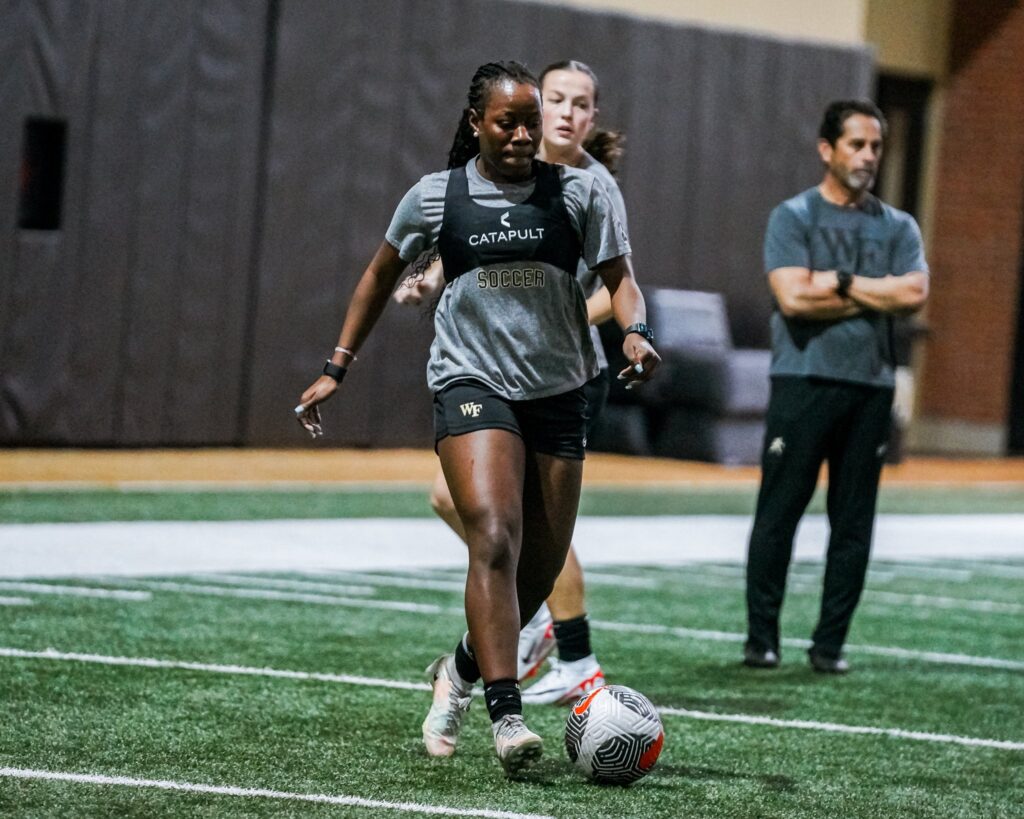
Contents
- Common Injuries in Football and Their Causes
- Key Causes of Football Injuries
- Football Injury Prevention Strategies
- The Role of Technology in Football Injury Prevention
- How Catapult Helps Mitigate Injury Risk
- Case Studies: Teams Using Catapult to Mitigate Injury Risk
Common Injuries in Football and Their Causes
In football, the physical demands of the game often lead to a variety of injuries, each with unique challenges. Understanding these injuries and their causes is critical to managing and reducing injury risks effectively.
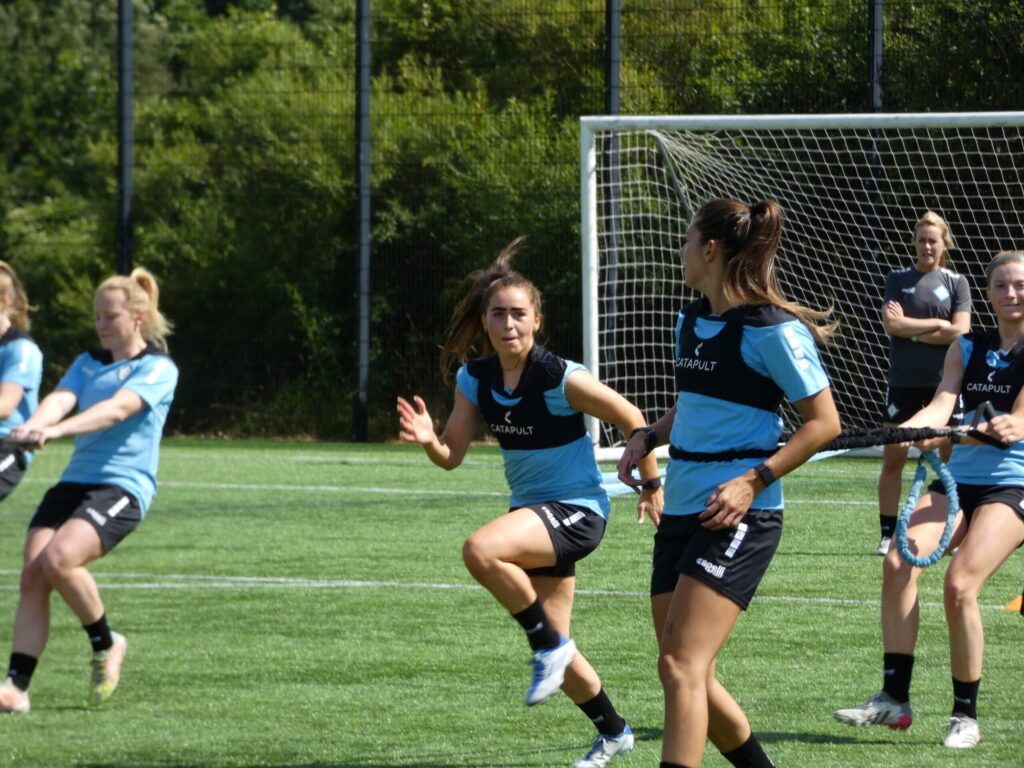
Soft Tissue Injuries (Hamstring, Quadriceps, Calf Strains)
Soft tissue injuries are among the most common in football, typically resulting from overexertion, inadequate warm-ups, or muscle fatigue. These injuries occur when muscle fibers are overstretched or torn, causing pain, swelling, and limited mobility.
Advanced athlete monitoring systems can highlight signs of excessive workload or fatigue, enabling coaches to adjust training plans before these injuries arise.
Ligament Injuries (ACL Tears, Ankle Sprains)
Ligament injuries, such as anterior cruciate ligament (ACL) tears and ankle sprains, often result from sudden directional changes, improper landings, or direct impact during tackles. These injuries can sideline players for months and require extensive rehabilitation.
By analyzing movement patterns and workload data, technologies like wearable trackers can identify biomechanical imbalances or risky movement tendencies, aiding in injury risk mitigation strategies.
Overuse Injuries (Stress Fractures, Tendinitis)
Overuse injuries occur when repetitive strain is placed on muscles, tendons, or bones without sufficient recovery. Common examples include stress fractures and tendinitis, which develop gradually and worsen over time if left unaddressed.
Monitoring tools can provide insights into the cumulative workload, helping teams balance training intensity and ensure players receive adequate recovery to reduce the likelihood of overuse injuries.
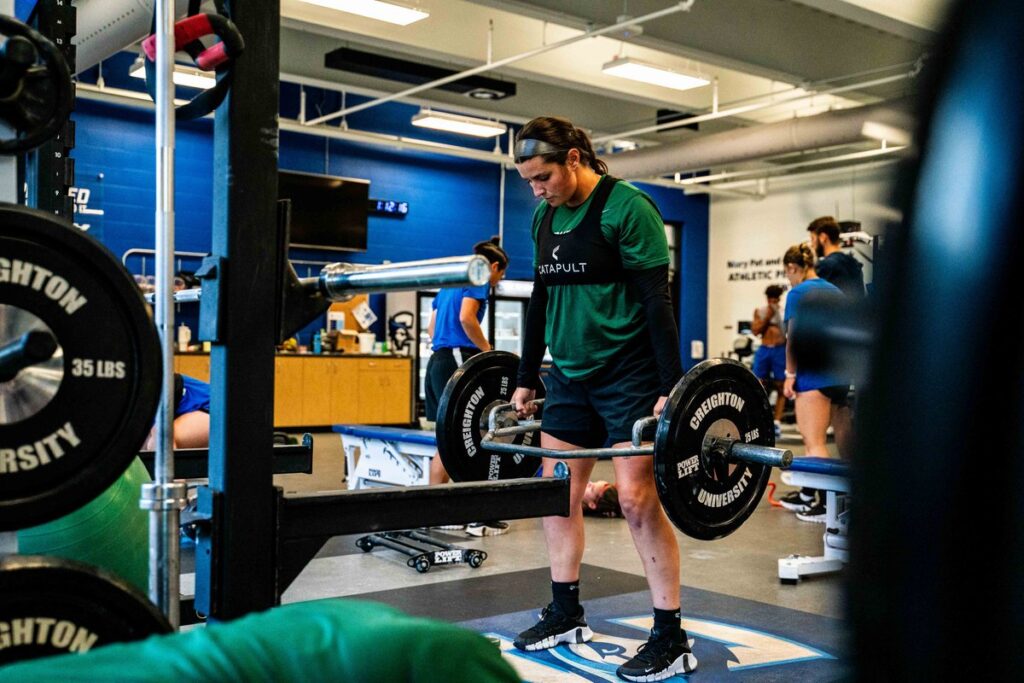
Concussions and Head Injuries
Concussions and head injuries are a significant concern in football due to physical collisions and aerial challenges. These injuries can have serious long-term effects on cognitive and neurological health if not managed appropriately.
While no technology can directly prevent concussions, systems that monitor head impact forces and track recovery metrics during return-to-play protocols can ensure players are safely reintegrated into training and matches.
By leveraging advanced tools and understanding the common types and causes of football injuries, teams can better tailor their approach to football injury prevention and protect the physical well-being of their athletes.
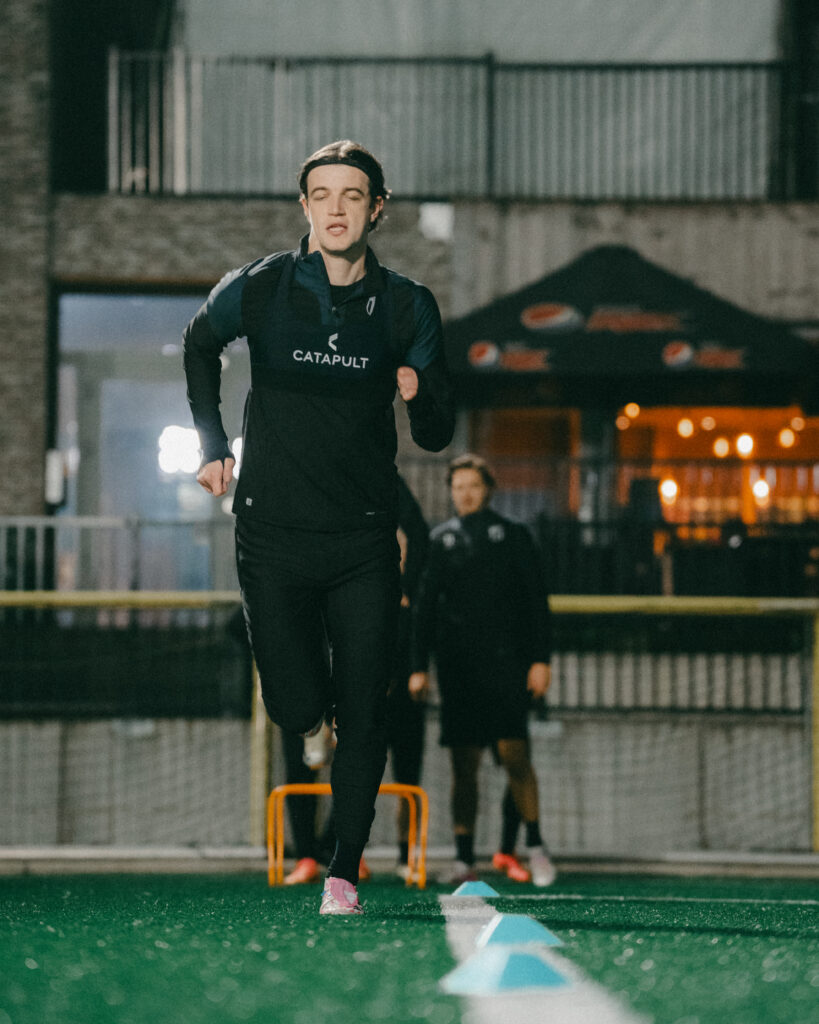
Key Causes of Football Injuries
In football, the dynamic and physical nature of the game puts significant stress on players’ bodies. Understanding the key causes of injuries can help teams develop more effective strategies for managing risk and improving player health. Here are some of the primary factors contributing to football injuries:
High-Intensity Physical Demands (Sprints, Tackles)
Football is a high-intensity sport, with players required to perform repeated sprints, tackles, and physical challenges. These demands place immense strain on muscles, joints, and connective tissues. For instance, sprinting at maximum speed can increase the risk of hamstring strains, while tackles and collisions can lead to soft tissue injuries or even fractures.
By using athlete monitoring tools, teams can track the frequency and intensity of high-impact actions during matches and training sessions, identifying when a player may be at risk of overexertion or muscle fatigue.
Sudden Changes in Direction and Overexertion
Football is a game of rapid movements—sharp turns, sudden stops, and explosive accelerations are integral to gameplay. These sudden changes in direction increase the risk of ligament injuries, such as ACL tears and ankle sprains, as they place significant stress on joints and stabilizing muscles.
Advanced wearable technology can detect irregular movement patterns and assess whether a player is consistently executing biomechanically efficient movements. Identifying and addressing these issues can help reduce the likelihood of injury.
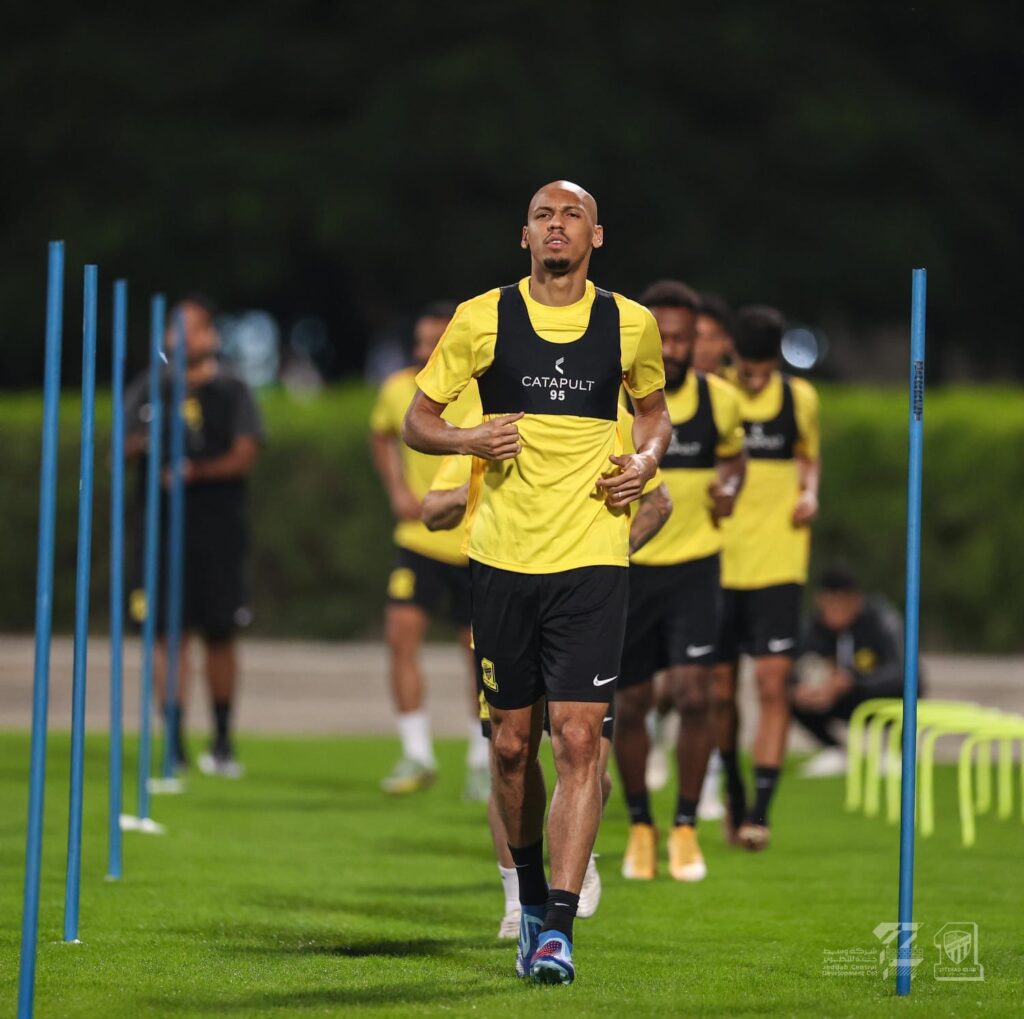
Insufficient Recovery Time and Overuse
Players often face congested schedules with back-to-back matches and intense training periods, leaving little time for recovery. Insufficient recovery can lead to overuse injuries such as tendinitis or stress fractures, which develop gradually but can become severe if not addressed early.
Athlete monitoring systems help teams manage load monitoring, providing insights into cumulative workload and recovery needs. This data ensures that training programs are adjusted to balance exertion and rest, reducing the risk of overuse injuries.
Poor Conditioning or Fatigue
Inadequate physical conditioning or persistent fatigue increases the risk of injury during matches and training. Players who are not properly conditioned may struggle to meet the physical demands of the game, leading to improper movement mechanics, delayed reactions, or reduced ability to withstand physical impacts.
Fatigue monitoring tools, such as those offered by Catapult, provide real-time data on energy output and movement efficiency. This enables coaching staff to identify when a player is physically underprepared or fatigued, allowing for adjustments in workload and training intensity.

Football Injury Prevention Strategies
Preventing injuries in football requires a comprehensive approach that combines science, training, and recovery management. While injuries cannot be completely avoided, employing key strategies can significantly reduce their likelihood and ensure athletes remain in peak physical condition. Here are some essential football injury prevention strategies:
Strength and Conditioning Programs
Strength and conditioning programs are fundamental to building resilience and preparing players for the physical demands of football. Individualized strength training focuses on improving muscle balance, joint stability, and overall endurance, which helps protect players against injuries caused by the sport’s high-intensity nature.
For example:
- Strengthening key muscle groups, such as the quadriceps and hamstrings, reduces the risk of soft tissue injuries.
- Plyometric exercises enhance explosive power, helping players safely execute rapid movements like sprints and tackles.
- Functional training targeting the core and stabilizing muscles improves biomechanical efficiency and reduces stress on joints during sudden directional changes.
Using athlete monitoring systems, coaches can design tailored programs that address each player’s unique needs, tracking progress and identifying areas for improvement.
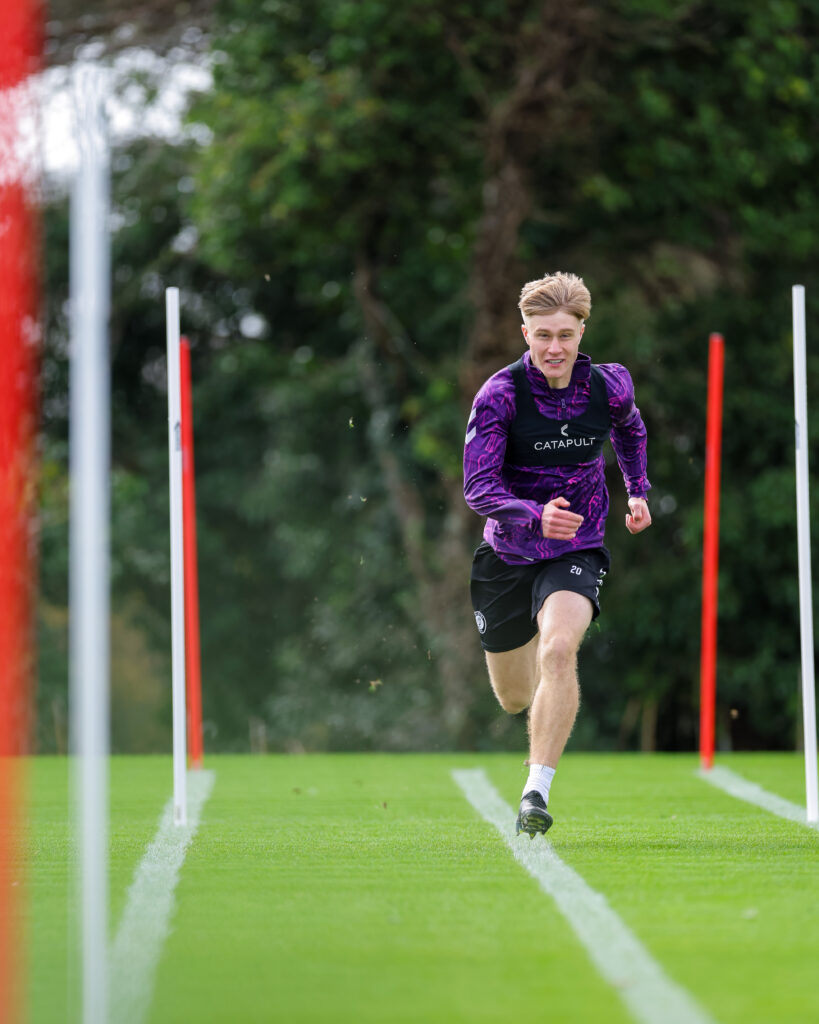
Nutritional Support
Proper nutrition and hydration play crucial roles in recovery and injury prevention. A well-balanced diet provides the necessary energy for high-intensity performances while also supporting muscle repair and reducing fatigue.
Key aspects of nutritional support include:
- Protein intake for muscle recovery and repair.
- Carbohydrates to fuel high-energy activities and replenish glycogen stores.
- Hydration to prevent cramps, maintain joint health, and regulate body temperature.
- Anti-inflammatory foods and supplements (e.g., omega-3s) to mitigate muscle soreness and reduce injury risk.
Combining football-specific nutrition plans with data from wearable technology ensures that players maintain optimal energy levels throughout their training and competition schedules.
Load Management
Overworking players is a common cause of injuries in football. Effective load management balances the demands of training and matches with adequate recovery time, reducing the risk of overuse injuries and fatigue.
Key components of load management include:
- Tracking physical workload: Using advanced athlete monitoring tools, teams can measure running distances, sprint counts, and overall exertion.
- Monitoring recovery: Recovery metrics like heart rate variability (HRV) and sleep quality provide insights into a player’s readiness to perform.
- Periodization: Structured training cycles that alternate between high-intensity and low-intensity phases help players build fitness while preventing burnout.
Load management strategies, supported by wearable technology, ensure that players are not pushed beyond their limits, helping mitigate the risk of injuries and optimizing long-term performance.
By integrating these strategies into their approach, teams can foster safer training environments and maintain their athletes’ physical health. From strength training and personalized nutrition plans to advanced load management systems, each of these strategies contributes to the broader goal of football injury prevention.
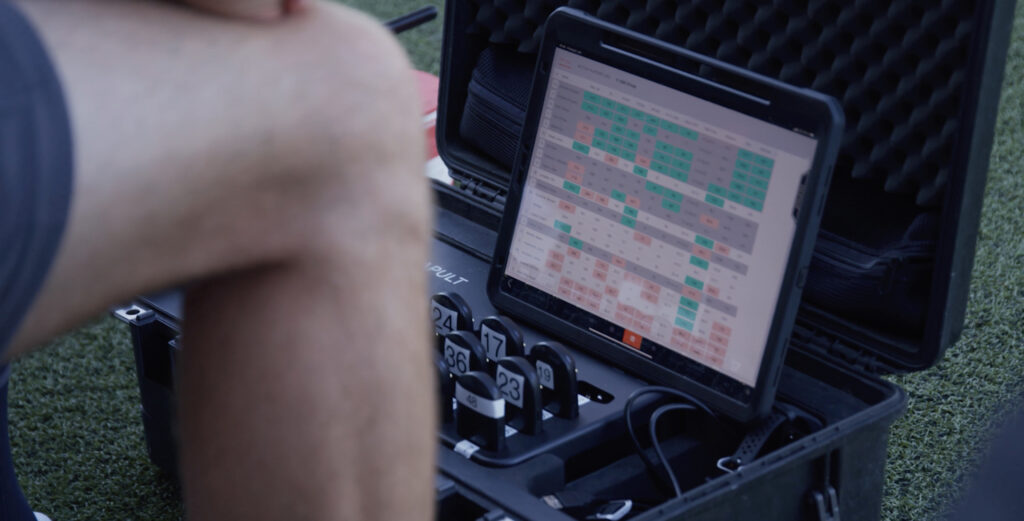
The Role of Technology in Football Injury Prevention
Modern technology has transformed the way football teams approach injury prevention and player welfare. By providing real-time data and actionable insights, advanced tools such as wearable devices and analytics platforms allow teams to monitor athletes more effectively and make informed decisions about their training, recovery, and overall health. While technology doesn’t outright prevent injuries, it helps identify potential risks, enabling proactive measures to minimize them.
Data-Driven Training and Recovery Plans
Data-driven approaches to training and recovery have revolutionized injury prevention strategies. Through detailed analysis of player workloads, teams can customize training sessions and recovery plans to fit individual needs and reduce the risk of overtraining.
Key benefits of data-driven methods include:
- Workload Tracking: By monitoring metrics such as running distance, sprint count, and intensity, teams can assess whether players are being pushed too hard.
- Recovery Optimization: Metrics like heart rate variability (HRV) and sleep quality help gauge an athlete’s readiness for the next training session or match.
- Personalized Plans: Using objective data, coaches can design training schedules that balance high-intensity drills with recovery periods, ensuring players build strength without risking injury.
With athlete monitoring technology, coaches and medical staff can analyze trends over time, identify red flags, and make evidence-based decisions to protect player health. For example, data showing elevated fatigue levels or poor recovery scores might prompt adjustments to training intensity, reducing the likelihood of overuse injuries.
-> Learn more about the importance of injury prevention and how data-driven training supports player safety.
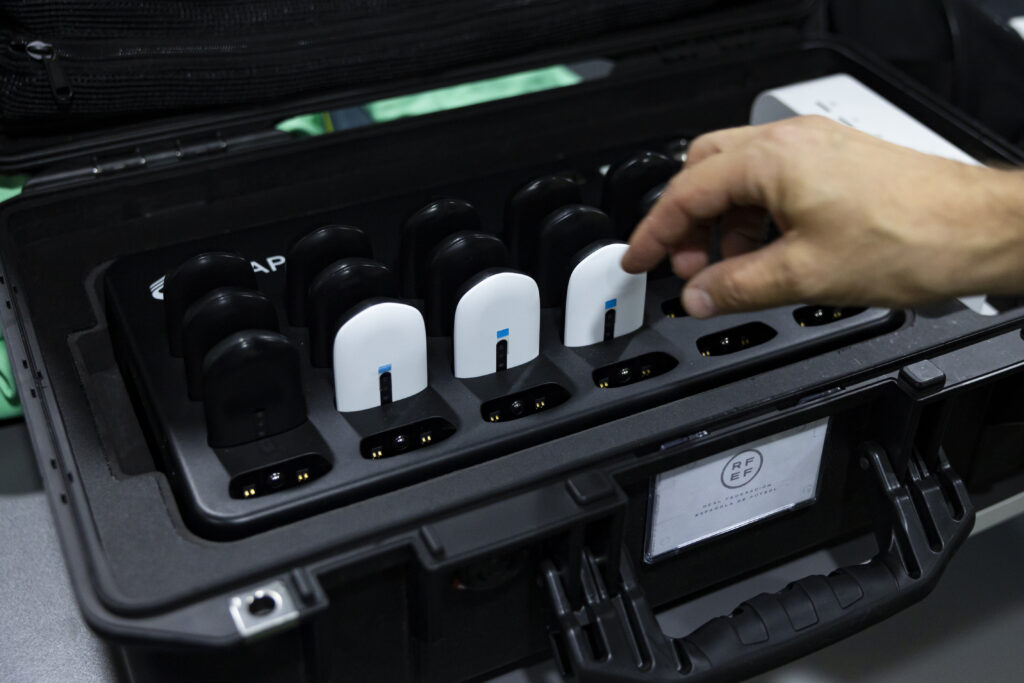
Wearable Technology in Mitigating Injury Risks
Wearable technology, including GPS trackers and advanced sensors, plays a critical role in monitoring player performance and identifying injury risk factors. These devices provide coaches with real-time data, offering unparalleled insights into player activity levels, workload, and fatigue.
Key applications of wearable technology include:
- Movement Analysis: GPS trackers measure speed, acceleration, deceleration, and direction changes, identifying patterns that could lead to injury.
- Fatigue Monitoring: Sensors track metrics like heart rate and workload, enabling teams to spot signs of overtraining and fatigue before they result in injury.
- Load Management: By quantifying physical exertion during matches and training, wearable devices help prevent players from exceeding safe thresholds.
- Return-to-Play (RTP) Monitoring: For players recovering from injury, wearables ensure that training intensity gradually increases without risking reinjury.
These technologies empower teams to take a proactive approach to player health. For example, a sudden increase in workload captured by wearable devices might prompt a reduction in training volume or an early substitution during a match to avoid injury.
-> Discover how athlete monitoring tools enhance football injury prevention and keep players performing at their best.
By combining data-driven insights with the capabilities of wearable technology, football teams can create safer environments for their players. While injuries can never be entirely eliminated, these tools provide critical information to support smarter decisions, helping athletes perform at their peak while reducing the risk of injury.
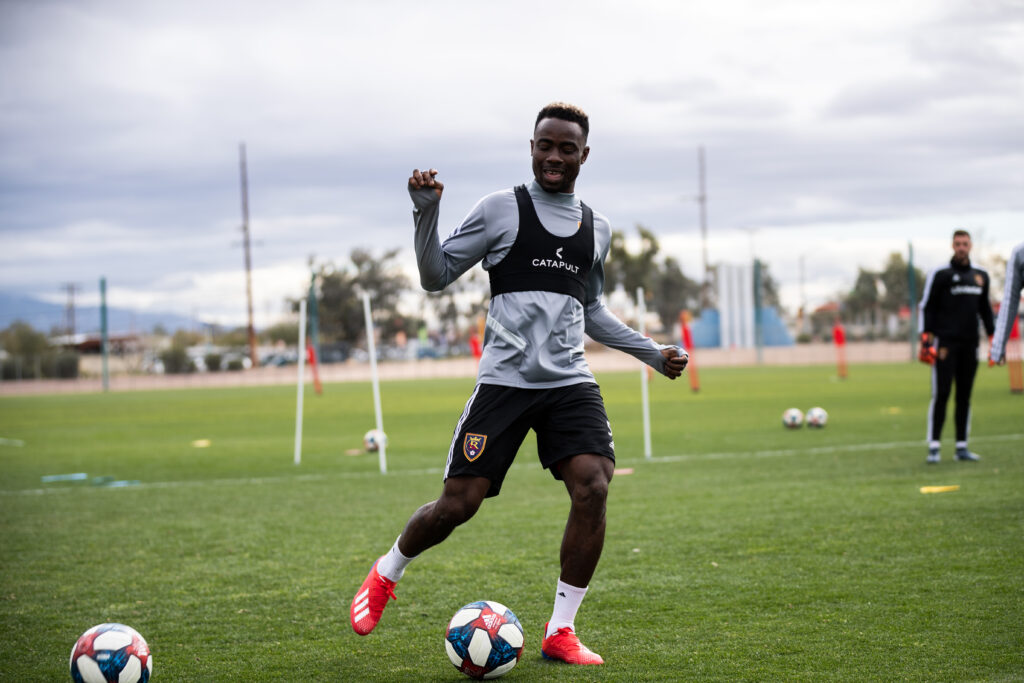
How Catapult Helps Mitigate Injury Risk
Catapult offers cutting-edge athlete monitoring and performance solutions designed to help teams reduce the risk of injuries and improve player safety. By leveraging advanced technologies such as real-time data collection, workload management, and fatigue monitoring, Catapult enables coaches and medical teams to make informed decisions about training, recovery, and return-to-play (RTP) protocols.
Whether it’s tracking movement during training sessions or monitoring players returning from injury, Catapult’s range of products—including Vector, Core, and Pro Video—provides the insights teams need to keep players safe, healthy, and performing at their best.
-> Explore how Catapult supports injury prevention and athlete monitoring in football.
Real-Time Data Collection and Analysis
Catapult’s technology equips coaches with real-time data on player movements, workload, and recovery needs. By tracking metrics like speed, distance covered, and acceleration during matches and training sessions, coaches can make immediate adjustments to minimize injury risks.
Key benefits include:
- Instant feedback on player activity levels.
- Identification of high-risk movements or excessive workloads.
- Enhanced decision-making for substitutions and tactical changes.
With real-time data, teams can address potential issues as they arise, ensuring players are not overexerted during critical moments.
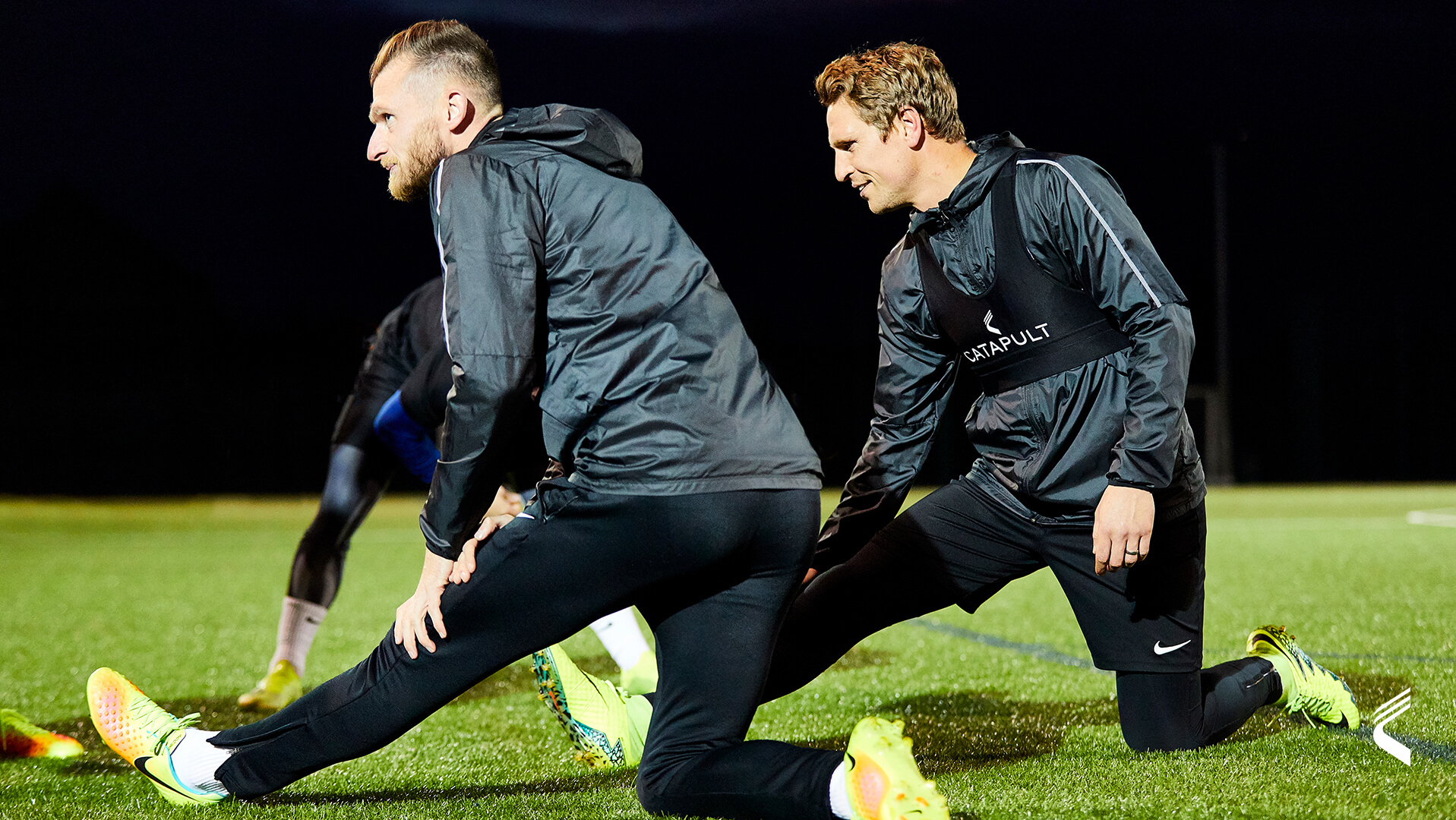
Workload Management
Catapult’s solutions help teams monitor and adjust player workloads to avoid overtraining and reduce injury risks. By analyzing data on physical exertion and recovery, coaches can ensure that players maintain the optimal balance between intensity and rest.
Features include:
- Workload tracking for individualized training plans.
- Identification of periods when players may be at increased risk of overuse injuries.
- Support for planning rest days and recovery protocols.
This proactive approach enables teams to create tailored training programs that keep players in peak condition without pushing them beyond their limits.
Fatigue Monitoring
Fatigue is a significant factor in football injuries, and Catapult’s technology is designed to track signs of physical and mental exhaustion. By analyzing movement patterns, heart rate, and energy output, teams can identify when players need additional recovery time.
How it works:
- Monitors metrics that indicate player fatigue, such as decreased speed or increased recovery times.
- Provides insights into cumulative workload over time.
- Enables coaches to make informed decisions about training intensity and match participation.
Addressing fatigue early helps teams prevent overtraining and ensure players remain match-ready throughout the season.
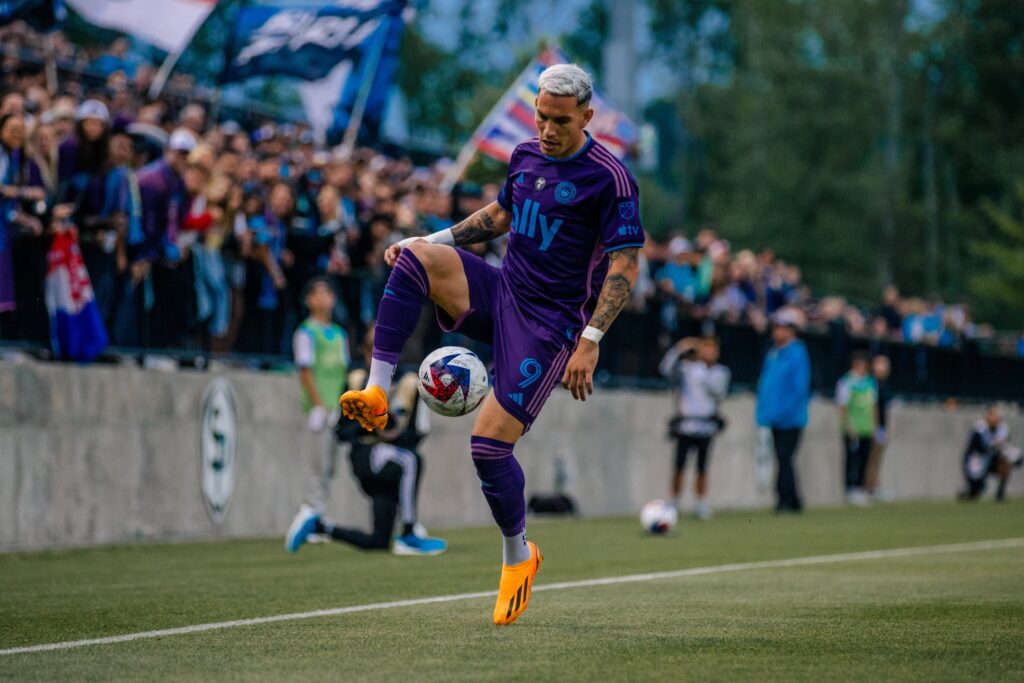
Injury Risk Prediction
Catapult’s advanced analytics use historical and real-time data trends to predict when a player may be at increased risk for injury. By analyzing factors such as workload spikes, recovery metrics, and biomechanical data, teams can take preventative actions before an injury occurs.
Applications include:
- Adjusting training programs based on predicted risk levels.
- Making informed decisions about player rotations.
- Ensuring safer participation during high-intensity matches.
This predictive approach allows teams to mitigate injury risks without compromising performance.
Post-Injury Rehabilitation Tracking
Catapult’s technology also plays a vital role in guiding players through the return-to-play process. By monitoring key metrics during rehabilitation, teams can ensure that players are progressing safely and effectively.
Benefits include:
- Tracking movement and workload during rehabilitation exercises.
- Ensuring gradual increases in training intensity.
- Reducing the risk of reinjury by adhering to objective data.
For example, data from wearable devices can highlight when a player’s workload has reached pre-injury levels, signalling readiness for full training or match participation.
-> Learn more about building effective return-to-training programs in this ebook.
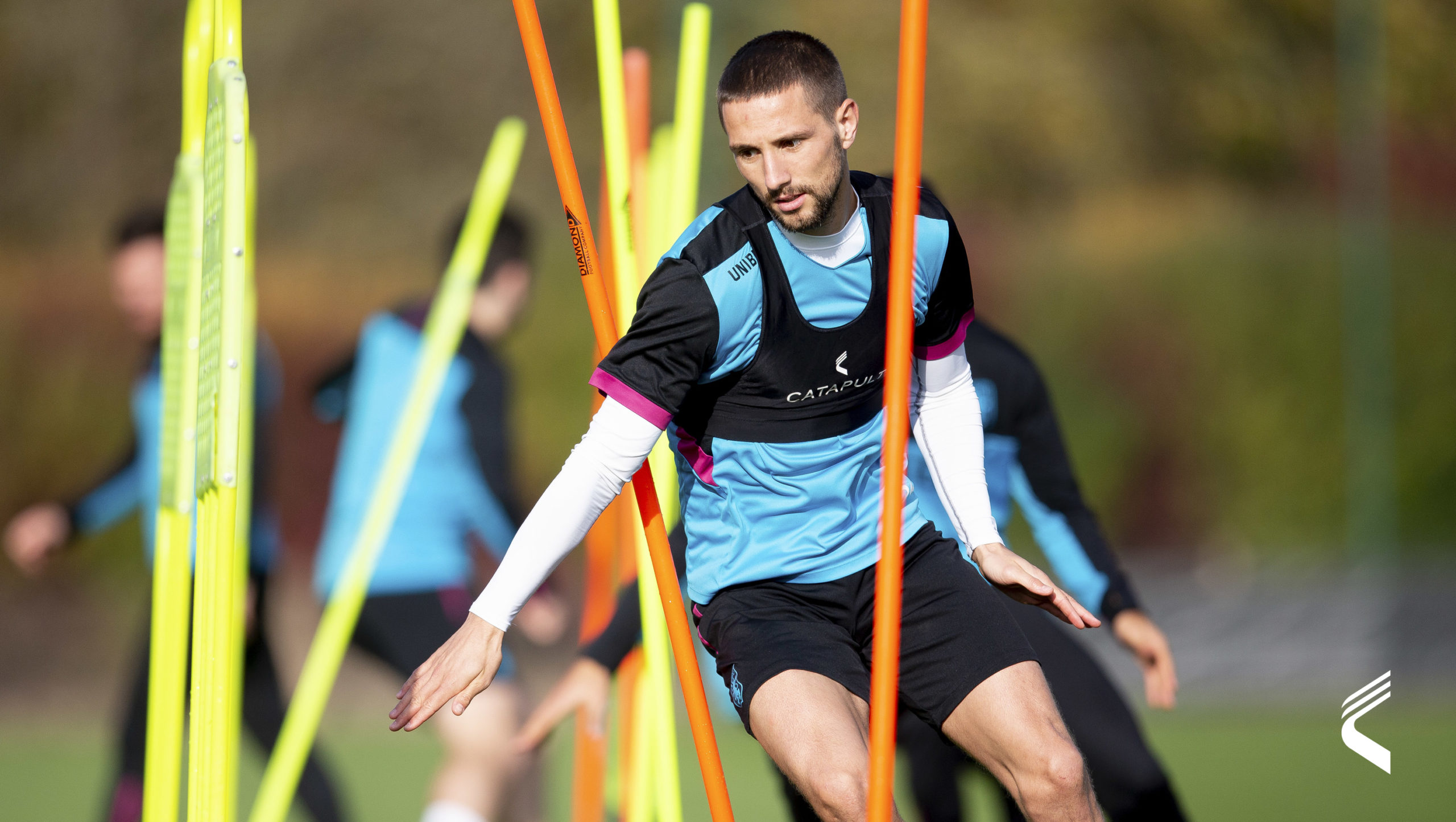
Case Studies: Teams Using Catapult to Mitigate Injury Risk
Injuries in football can profoundly impact team performance and finances, with some clubs incurring millions in costs annually due to lost player time and medical expenses. By integrating Catapult’s advanced athlete monitoring solutions, leading organizations and rehabilitation programs have significantly improved their injury management strategies.
-> Explore advanced strategies for injury management and recovery in our webinar on Return-to-Play for Field Sport Athletes.
Case Study Highlights:
- Game Changer Performance (GCP):
Game Changer Performance (GCP), based at England’s National Football Centre at St. George’s Park, runs the Professional Footballers’ Association’s (PFA) residential rehabilitation program. In 2018, GCP partnered with Catapult to integrate wearable monitoring technologies into their rehab process. This partnership enabled GCP to:
- Quantify the rehabilitation process with precise workload data.
- Tailor recovery programs to meet each athlete’s specific needs.
- Ensure athletes return to play in peak physical condition.
Watch the video to see how GCP utilizes Catapult’s technologies:
2. Luton Town FC:
Luton Town FC adopted Catapult’s Vector Pro and Pro Video tools to elevate their injury management and performance analysis strategies. By integrating GPS tracking and video analytics, the team gained actionable insights into player workload and recovery needs.
- Enhanced player monitoring enabled better recovery strategies.
- Real-time data collection facilitated optimal workload management.
Watch how Luton Town uses Catapult to stay ahead:
Financial and Performance Impacts of Injuries
Player injuries cost football clubs significant sums annually, with estimates in the hundreds of millions for major leagues. These costs emphasize the importance of proactive injury management. Catapult’s athlete monitoring technologies empower teams to reduce injury risks and improve long-term player health.
-> For more insights, explore our ebook on effective RTP programs.
Catapult’s partnerships with organizations like GCP, Luton Town FC, and other elite teams demonstrate the transformative impact of data-driven injury management, enabling athletes to recover effectively and perform at their peak.